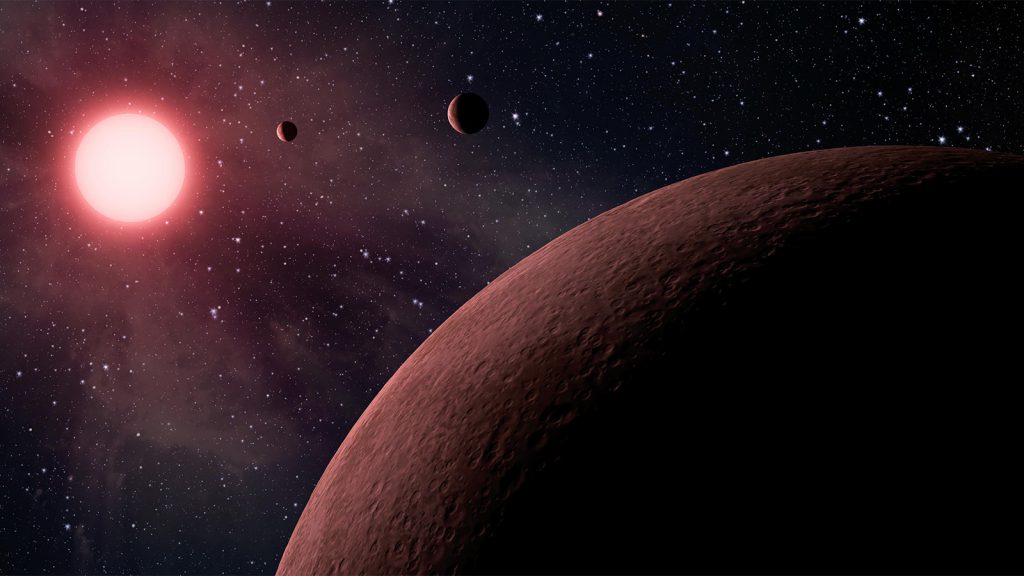NASA has landed across a stock of exoplanets that consolidates 172 new candidates close by 18 new possible multi-planet systems. Found using the Kepler Space Telescope’s exoplanet-detection system, these new candidates are one more extension to the stock which could uncover insider realities of combinations of exoplanets and their formation. According to NASA, the presence of north of 2,800 have been avowed and another 3,250 candidate planets expect their assertion.
Regardless the retirement of the first Kepler mission and the limitations of Kepler’s resulting mission (K2), analysts have had the choice to perceive numerous new potential exoplanets. Owing to the said missions, NASA has incidentally discovered some odd planetary systems arranged in significant space. Identifying about their disclosure, the association uncovered concerning the EPIC 249559552 planetary system, which is 650 light-years away and is made from two additional humble Neptune-like planets that pivot around a yellow-white, Sun-like star. Oddly, a strong gravitational effect in the system makes the internal planet complete five orbits for every two by the outer planet.
Kepler’s revelations in like manner revealed another particular system, named the EPIC 249731291, where a sun absolutely special according to our sun abides and has two gas goliaths. The planets in the system observed 3,500 light-years from Earth are orbiting unimaginably close to its sun, something which could uncover critical clues concerning how planets form, and how they move from different orbits during the long presences of planetary systems.
Also Read: Human-Like Robot ‘Ameca’ Gives Accurate Facial Expressions!
According to NASA, this new stock has taken the full scale count of planet candidates to 747, in which 57 potentially are multi-planet systems. These revelations will help specialists in their section studies, where they would find certain exoplanets having tantamount characteristics, their frequency of occasion in the universe and the association between such exoplanets. “Such an exoplanet “assessment” could reveal patterns in how planetary systems form, and how they change over time, including beast gas planets moving from distant orbits into closer orbits around their stars. Some planet types might be found even more constantly around explicit kinds of stars, similar to red-modest individuals, or yellow stars like our Sun”, NASA said in its verbalization. Likewise, the new record moreover offers scope for extra divulgences about the formation patterns for the world overall.
